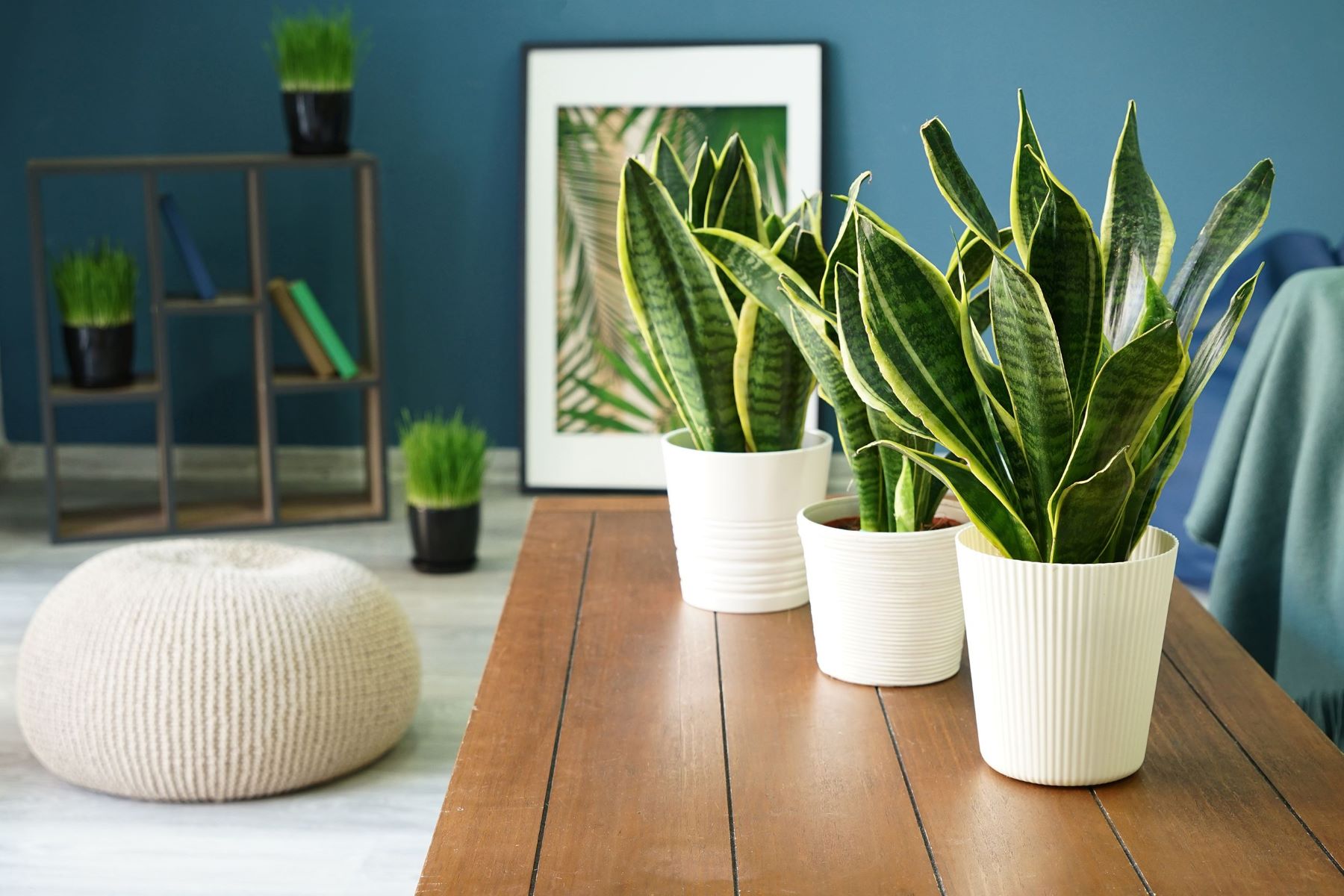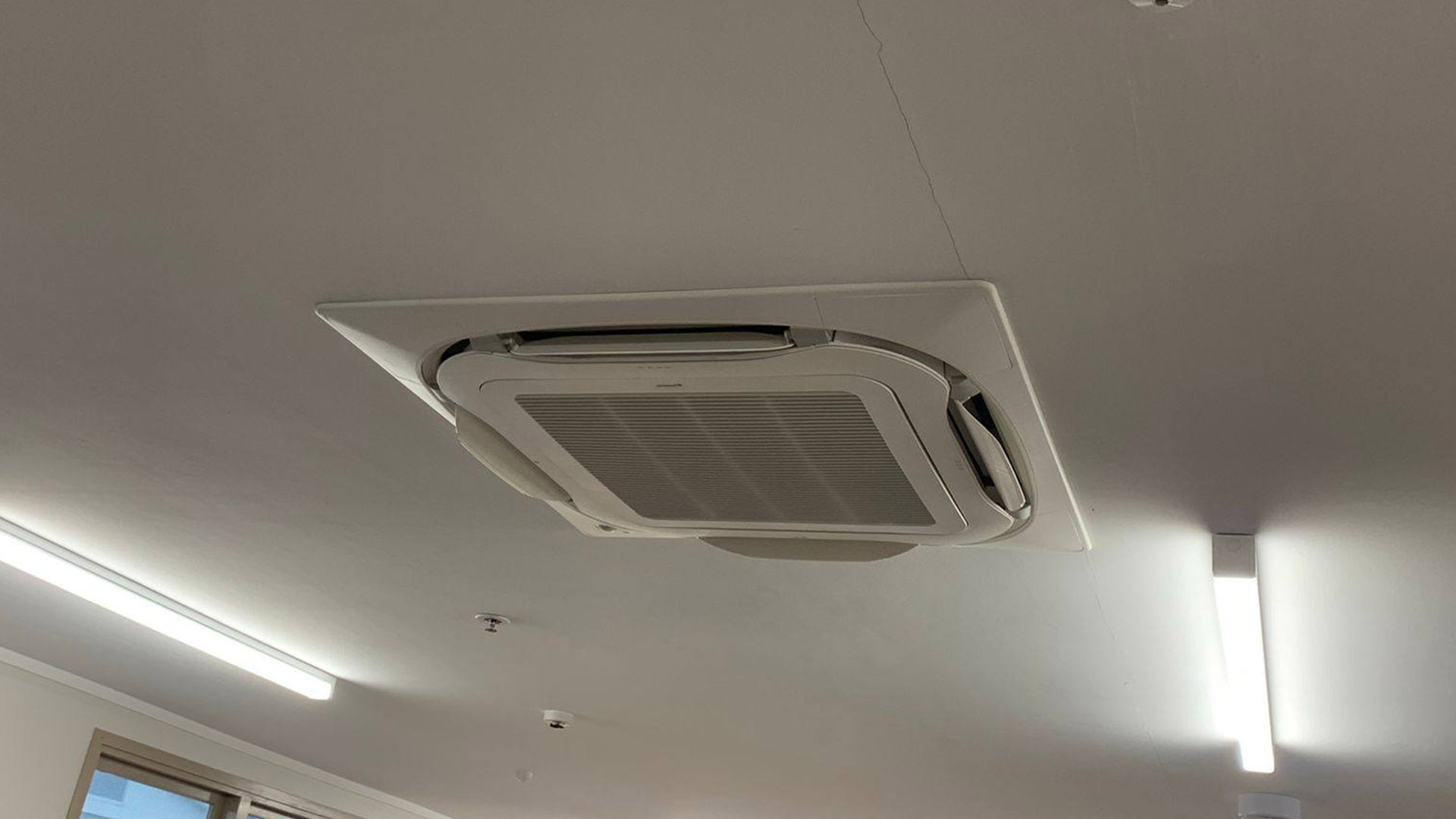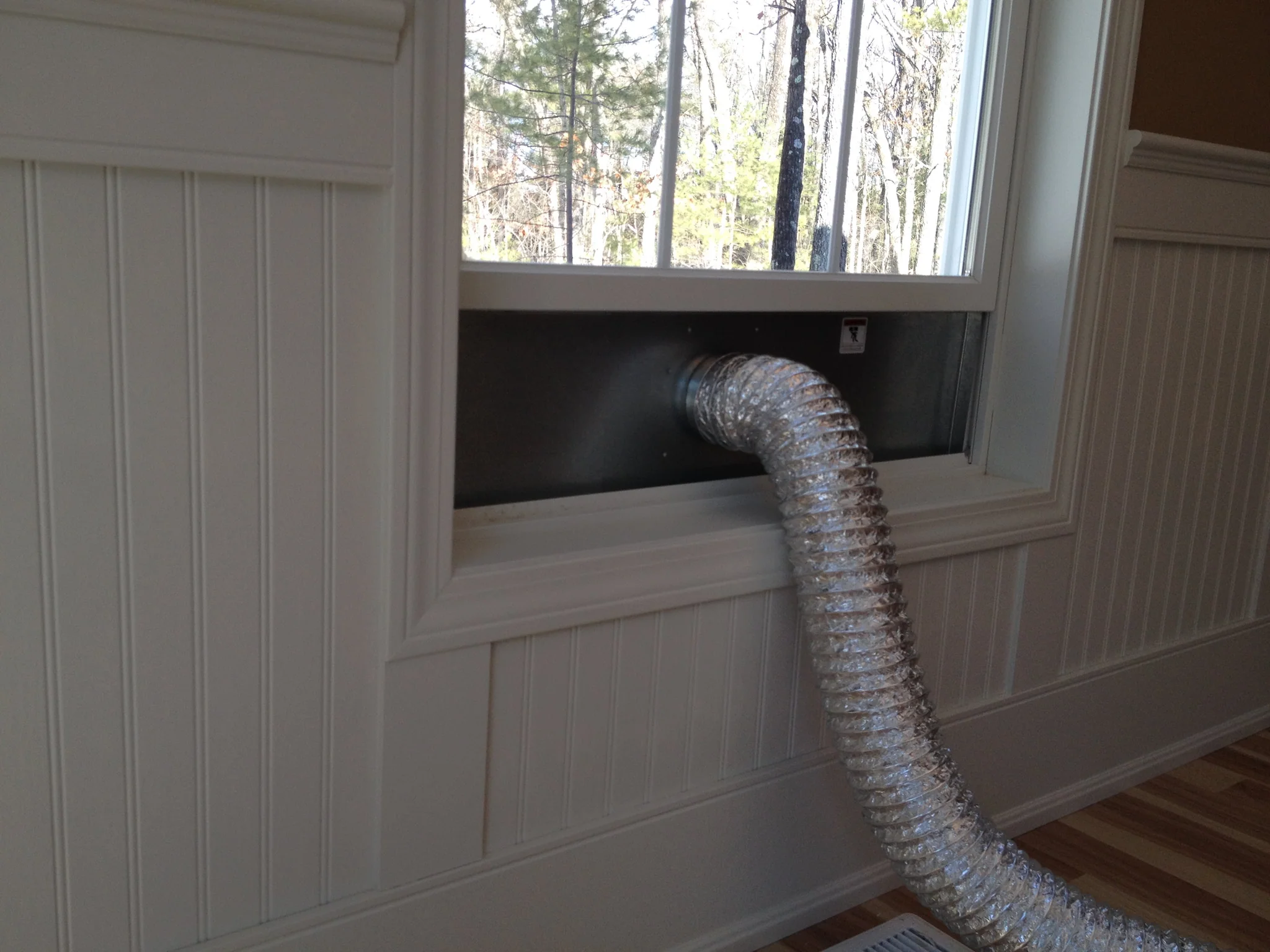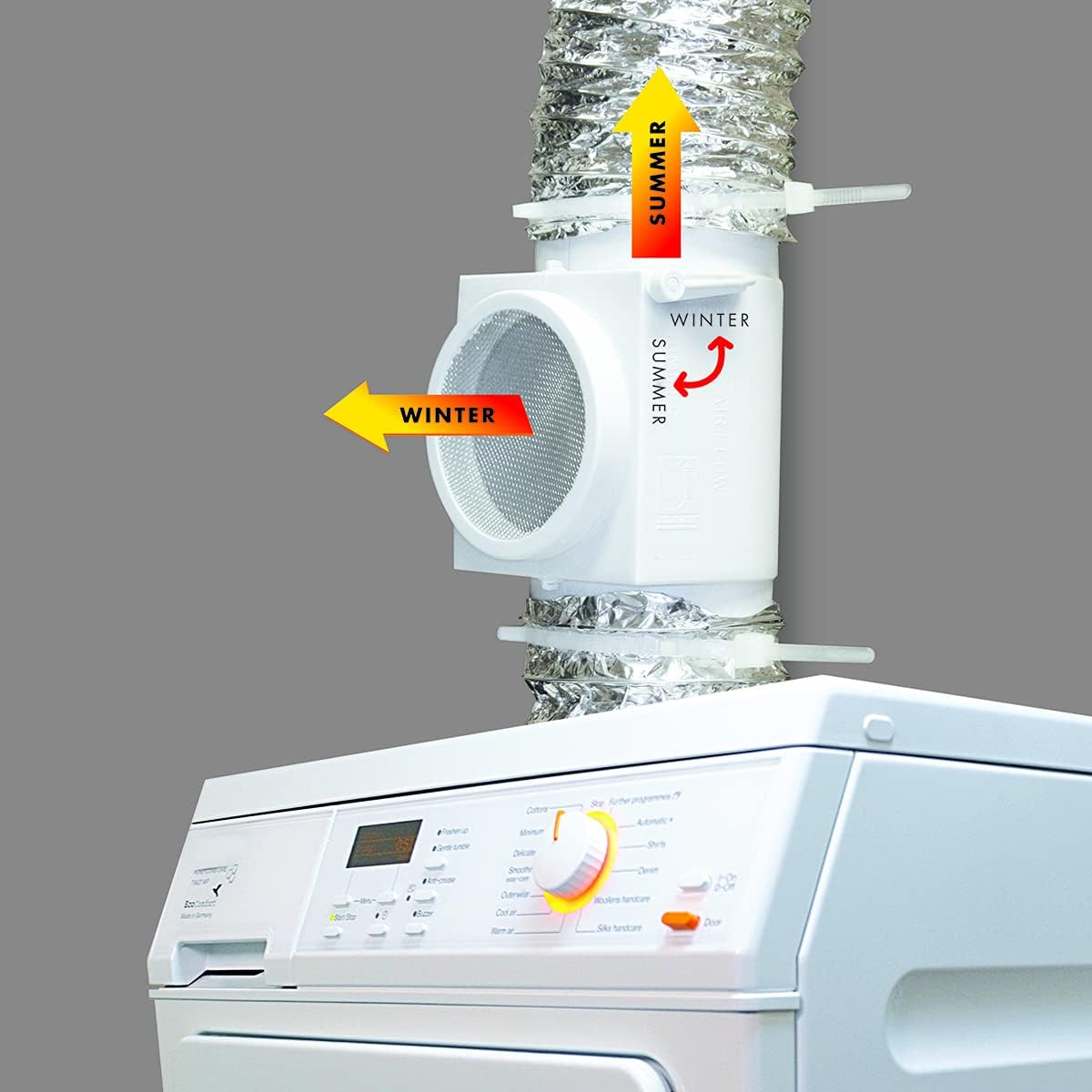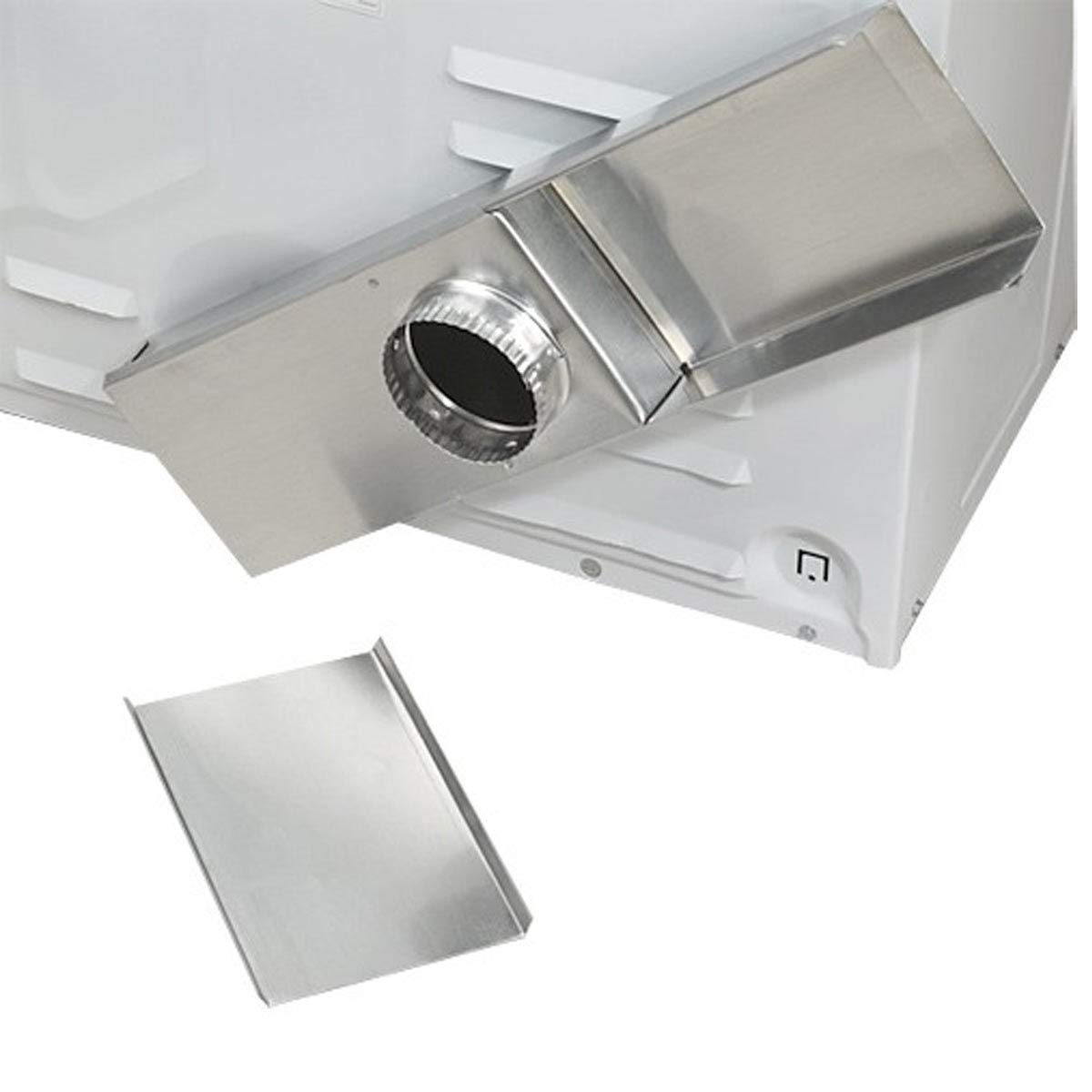Home> Indoor Air Quality
Indoor Air Quality Secrets: Breathe Easy with Our Top Tips
Improve your indoor air quality and breathe easy with our top tips. Discover the secrets to cleaner and healthier air in your home.
Indoor Air Quality: Identifying And Eliminating Common Toxins
By: Isabella Mitchell • Ideas and Tips
Understanding Home Ventilation: Improving Indoor Air Quality
By: Samuel Turner • Ideas and Tips


